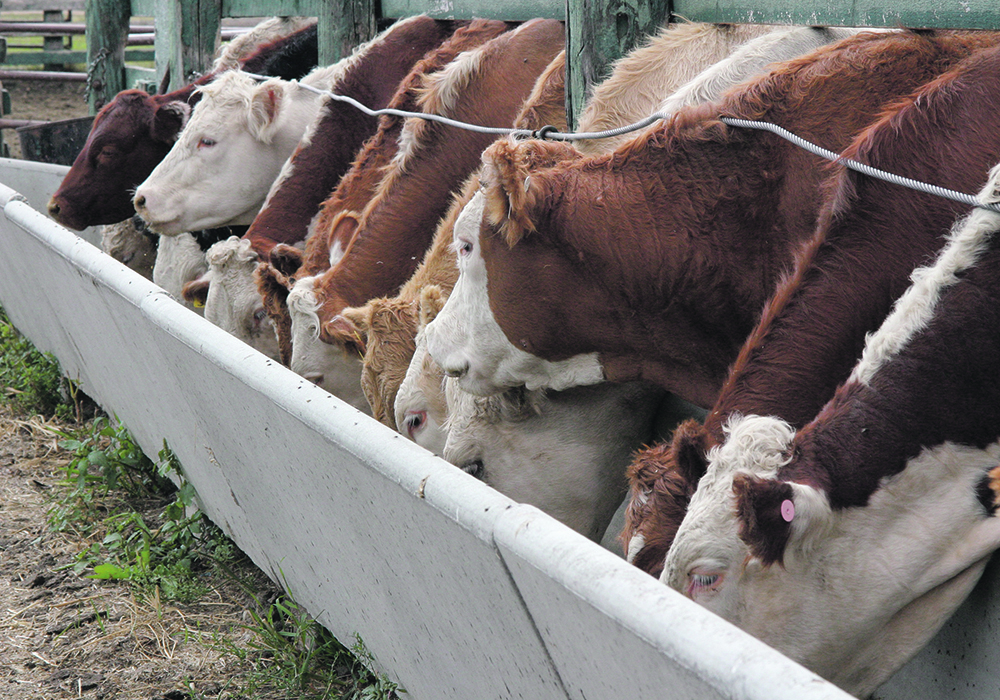Glacier FarmMedia – Thirteen semi-finalists were announced today in a federal challenge to come up with economically viable and scalable methane-reduction practices for beef and dairy cattle.
The Agricultural Methane Reduction Challenge was announced back in November, and received 86 applications, both Canadian and international, a federal news release said.
The semi-finalists will receive up to $153,846 and will move on to the prototype development phase of the challenge. Finalists will be chosen next spring.
Read Also

Quebec pork company calls for transparency around gene-edited pigs
Quebec-based pork company duBreton is calling for transparency around meats from gene-edited pigs on concerns that a lack of mandatory labelling will confuse consumers, and dilute certification claims. The organic sector is also calling for labelling rules.
The semi-finalists are:
- AbacusBio’s entry is a tool that selects beef sires based on predicted progeny enteric methane footprint.
- Agropur proposed a feed strategy that uses a dry-extrusion, linseed-based feed ingredient for dairy cow rations.
- Ample Agriculture is developing a feed additive that reduces methane-producing organisms in the rumen.
- ArkeaBio is developing a vaccine to reduce enteric methane production.
- Mon Systeme Fourrager is working on a “decision support tool” for forage systems to help producers adopt methane-reducing strategies.
- Pond Technologies uses a feed additive that reduces methane emissions and makes more energy from feed available to cattle, leading to faster growth or more milk production.
- Semex proposes to develop a breeding protocol and incentive strategy for farmers to incorporate selection for low methane genetics into their breeding programs, and to measure, record and verify methane reductions over time.
- Sustainable Bio Security Inc. uses ozone to decrease methane production through “improving the overall health in dairy farms.”
- TerraWave Radar Solutions uses radio waves to monitor soil quality to identify richer soil areas for optimized grazing.
- WaterPuris uses textile ECG sensors and oxygenated nanobubble water technology to improve overall animal health.
- University of Saskatchewan is evaluating the impact of identifying and selecting genetic traits that allow cattle to eat and digest more fibre while potentially producing less methane.
- University of Saskatchewan is also evaluating various products delivered through drinking water systems as a practical method to reduce enteric emissions in beef cattle grazing systems.
- Université Laval uses biofiltration, which involves passing exhaust air through an organic substrate to oxidize methane into carbon dioxide and water vapour, due to the presence of methanotrophic bacteria.


















